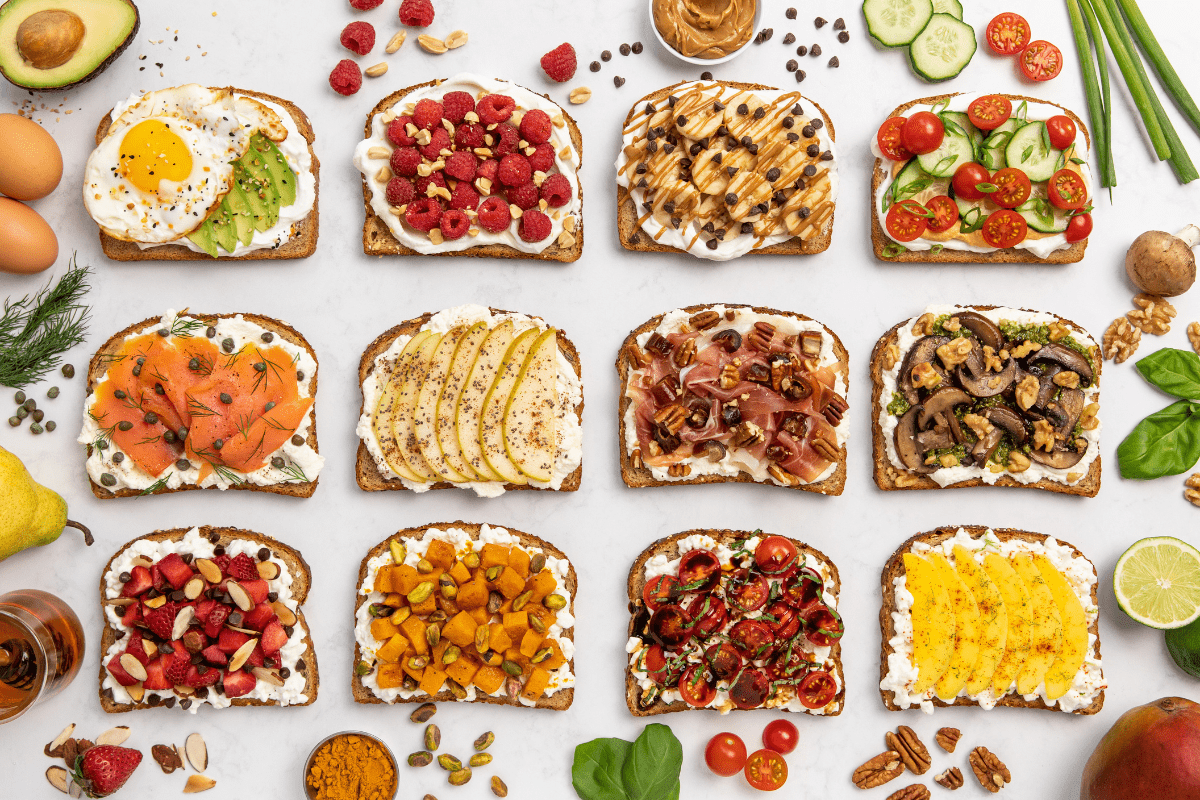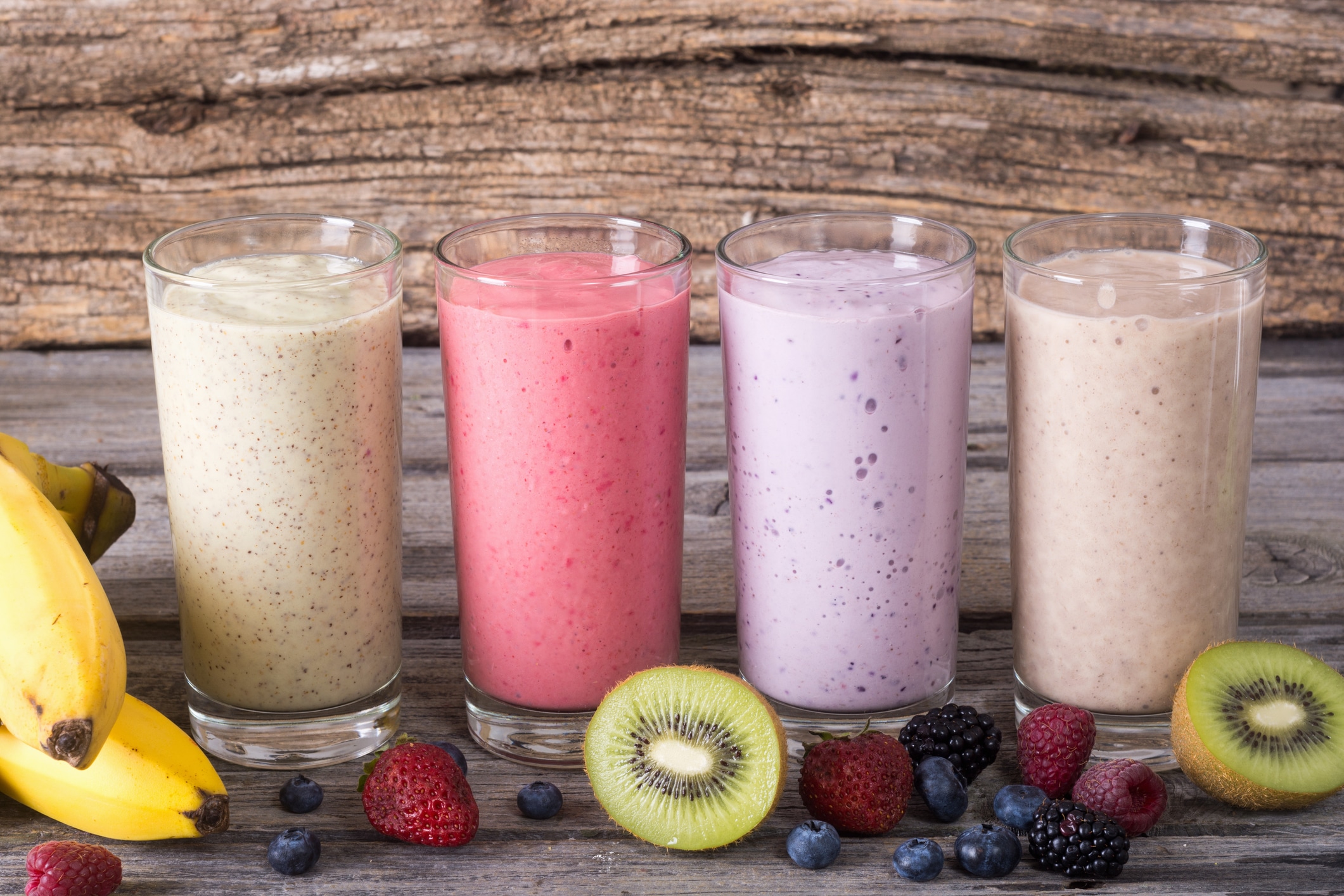There’s a whole lot of nutrition misinformation floating around the internet. It’s especially prevalent on social media, where anyone can say just about anything they want – true or not. A popular food group I see and hear a lot of myths about is dairy. Let’s clear up some confusion and share the facts and science about this topic.
What is Inflammation?
“Ouch, I turned my ankle and now it is swollen,” or “Ooh, paper cut! My finger hurts and it’s red and swollen around the cut.” The body is amazing! As soon as there is an insult to your body, different systems gear up and begin to protect and heal that body part. Part of the protective response is referred to as inflammation.
The inflammation process that occurs in the body, known as an inflammatory response, sets off a cascade of chemicals that signal it’s time to heal and protect. Though you can often see symptoms, like redness and swelling, inflammation isn’t always visible. Sometimes you can only feel it, like with pain, an area being warm to the touch or having limited movement.
Sometimes, though, an inflammatory process occurs without you knowing why. If the body senses germs that cause infection, a virus like a cold, cough or stomach bug, or a foreign object like a splinter, immune cells are sent in for “clean up.”
Low-grade or Acute Inflammation
Inflammation is considered ‘low -grade’ or ‘acute’ when in response to a specific and somewhat localized occurrence in the body. An example is in response to a cut, infection, or sprain.
Chronic Inflammation
There’s another type of inflammation that’s very different from the low-grade inflammation mentioned above. It’s referred to as chronic Inflammation. Conditions with the suffix “itis,” such as tendonitis, bursitis, and bronchitis, reflect this type of inflammation. Chronic inflammation is also common in chronic diseases, like cardiovascular disease and even diabetes. Many factors can contribute to the development of chronic inflammation including stress, pollution, a poor diet, sedentary lifestyle, smoking, and alcohol consumption.
Inflammation Caused from Muscle Damage
Though inflammation is typically considered bad, some inflammation is important for growth. An example is the inflammation that happens after you strength train. Muscle is actually damaged during your workout, so it sends a signal to your body that it’s time to repair and build back muscle. That’s how you build bigger, stronger muscles. The training is the stimulus, but building muscles actually happens in between training sessions.
How Does Diet Impact Inflammation?
Some inflammation is necessary and helps your body, but too much can have a detrimental effect. In fact, chronic inflammation can interfere with muscle building and tissue repair necessary for recovery, function and optimal performance. The good news is that lifestyle habits that you can control, such as your overall meal pattern and food selection, can help temper chronic inflammation.
Some foods are referred to as anti-inflammatory, meaning they tend to help minimize chronic inflammation in the body. Other foods are considered neutral, meaning they have no effect on inflammation. Lastly, some foods are thought to be pro-inflammatory, meaning they can contribute to developing inflammation. There are many foods that can help tame inflammation, but today I want to focus on dairy foods.
Dairy’s Beneficial Role in Fighting Inflammation
While the internet is filled with people claiming dairy contributes to inflammation, that is absolutely not true. In fact, research shows just the opposite is true. Study after study shows that dairy consumption has been shown to be either anti-inflammatory or neutral.
A recent comprehensive review, which included 15 scholarly articles, reported that most of the studies showed dairy had a significant anti-inflammatory effect. Other reviews that looked at additional studies found that dairy had no effect on various inflammatory markers. Another study that looked specifically at yogurt found that adolescents who consumed yogurt had lower levels of inflammatory markers.
The only time dairy is consistently shown to be inflammatory is when a milk allergy is present. This makes sense since allergies of any kind trigger a cascade of inflammatory responses.
The idea that dairy causes inflammation is a myth, and it is not based on science. It’s hard to say where the myth originated, but current research does not support it.
How Dairy Foods Can Benefit Student Athletes
Student athletes can benefit greatly from including dairy in their diet. Dairy foods provide high-quality protein, meaning it provides all amino acids and is particularly high in leucine which helps with muscle building. They are also packed with potassium, which helps with fluid balance/hydration and muscle function, as well as calcium and Vitamin D, two important nutrients essential to build strong bones. Certain dairy foods, like yogurt, kefir, and some fermented cheeses, provide benefits for your gut microbiome (i.e., immune system and digestive health).
In addition to being nutrient-rich, dairy foods are inexpensive, readily available, and versatile. You can consume it as-is or use them in recipes to boost the nutrition and taste of various dishes.
It’s important to remember that no one single food will make or break your diet. It is helpful to always look at your food choices in combination with your whole diet. Dairy foods, fruits, vegetables, and whole grains, along with fats, like nuts, seeds, olive oil, avocado, and fish, can all contribute to taming inflammation and supporting your strength, conditioning, and performance goals. Choose three nutrient-rich dairy sources, like milk, yogurt, kefir, or cheese, daily as part of an overall healthy eating pattern.





